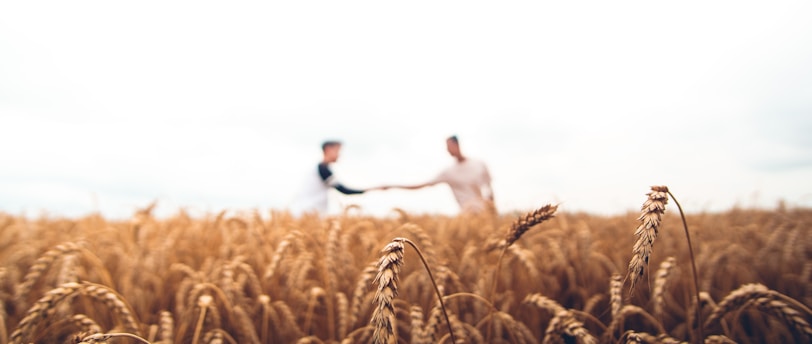Stubble Management: How to Reduce Air Pollution and Improve Soil Health
Stubble management is the practice of managing crop residue after harvest. There are a number of sustainable stubble management practices that can help to reduce air pollution and improve soil health.
8/5/20232 min read


Introduction
Stubble is the leftover crop residue after harvest. It can be a valuable resource for farmers, as it can be used to improve soil health, reduce erosion, and provide food and shelter for wildlife. However, stubble can also be a source of air pollution, as it can be burned or left to decompose in the field.
The Importance of Stubble Management
Stubble management is an important part of sustainable agriculture. Stubble can provide a number of benefits for farmers, including:
Reduced air pollution: Burning stubble can release harmful pollutants into the air, such as particulate matter, nitrogen oxides, and sulfur dioxide. These pollutants can contribute to respiratory problems, heart disease, and cancer. Sustainable stubble management practices, such as baling or chopping, can help to reduce air pollution.
Improved soil health: Stubble can help to improve soil health by providing organic matter and nutrients. It can also help to reduce erosion by holding soil in place. Sustainable stubble management practices can help to further improve soil health by promoting the growth of beneficial microorganisms.
Increased wildlife habitat: Stubble can provide food and shelter for wildlife, such as birds, insects, and small mammals. Sustainable stubble management practices can help to create more wildlife habitat by leaving stubble in the field or by planting cover crops.
Sustainable Stubble Management Practices
There are a number of sustainable stubble management practices that farmers can use. These include:
Bailing: Stubble can be baled and used as bedding for livestock or as a fuel source. Baling is a good option for farmers who want to remove stubble from the field, but it can be expensive.
Chopping: Stubble can be chopped and left in the field. Chopping helps to break down the stubble and make it easier for soil microbes to decompose. Chopping is a less expensive option than baling, but it can be more difficult to manage.
No-till farming: No-till farming is a system of farming that does not involve tillage. This means that stubble is left in the field after harvest. No-till farming helps to reduce erosion and improve soil health.
Cover cropping: Cover cropping is the practice of planting a cover crop in the fall or winter. Cover crops help to suppress weeds, improve soil health, and provide food and shelter for wildlife. Cover crops can also be used to manage stubble.
Choosing the Right Stubble Management Practice
The best stubble management practice for a particular farm will depend on a number of factors, including the type of crop grown, the climate, and the farmer's goals. For example, farmers who are concerned about air pollution may want to bale or chop their stubble, while farmers who are concerned about soil health may want to practice no-till farming or plant cover crops.
The Future of Stubble Management
As the world becomes more concerned about climate change and environmental protection, the demand for sustainable stubble management practices is likely to increase. Farmers who are able to adopt sustainable stubble management practices will be well-positioned to succeed in the future.
Conclusion
Stubble management is an important part of sustainable agriculture. There are a number of sustainable stubble management practices that farmers can use to reduce air pollution, improve soil health, and increase wildlife habitat. By adopting sustainable stubble management practices, farmers can help to protect our air quality, soil health, and wildlife habitat.
Keywords:
stubble management
sustainable stubble management
air pollution
soil health
wildlife habitat
We hope this blog post has helped you learn more about stubble management. Together, we can help to protect our air quality, soil health, and wildlife habitat.
